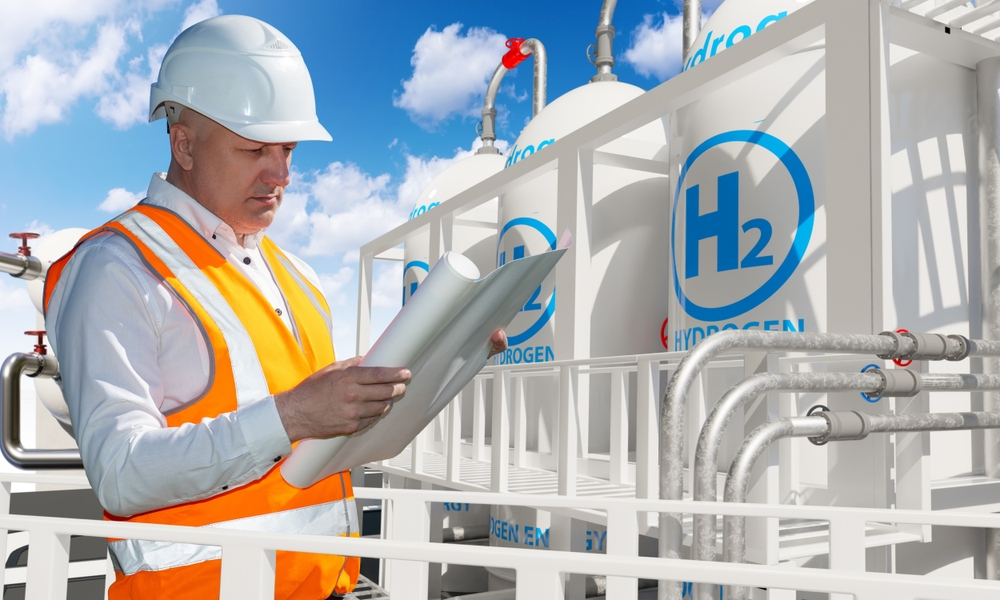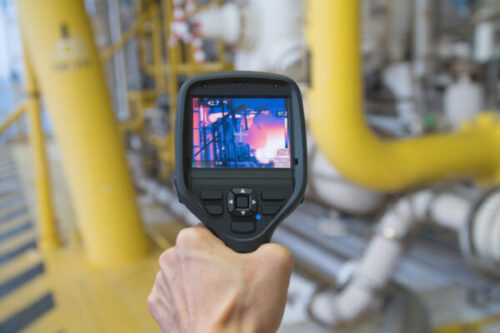Our Roar Solutions PDFs
Our Roar Solutions PDFs
Blog Article
The Ultimate Guide To Roar Solutions
Table of ContentsNot known Facts About Roar SolutionsGetting The Roar Solutions To WorkEverything about Roar Solutions
In order to safeguard setups from a potential explosion a method of evaluating and classifying a potentially harmful area is called for. The purpose of this is to ensure the right selection and installment of equipment to eventually prevent a surge and to ensure security of life.
(https://leetcode.com/u/roarsolutions/)
No devices should be installed where the surface area temperature level of the tools is higher than the ignition temperature level of the offered threat. Below are some usual dirt harmful and their minimal ignition temperature level. Coal Dirt 380C 225C Polythene 420C (melts) Methyl Cellulose 420C 320C Starch 460C 435C Flour 490C 340C Sugar 490C 460C Grain Dust 510C 300C Phenolic Resin 530C > 450C Aluminium 590C > 450C PVC 700C > 450C Residue 810C 570C The chance of the threat being existing in a focus high sufficient to trigger an ignition will vary from area to area.
Dangerous area electric tools perhaps developed for use in higher ambient temperature levels. Area Repair Service By Authorised Worker: Complex testing might not be needed nevertheless particular procedures might need to be complied with in order for the equipment to maintain its 3rd celebration rating. Each item of tools with an unsafe score must be examined individually.
What Does Roar Solutions Do?
The equipment register is a detailed data source of tools records that consists of a minimum collection of fields to identify each item's area, technological criteria, Ex lover classification, age, and ecological data. This information is important for tracking and managing the equipment properly within dangerous locations. On the other hand, for regular or RBI tasting assessments, the quality will be a combination of Comprehensive and Close inspections. The ratio of Thorough to Close assessments will certainly be figured out by the Tools Danger, which is analyzed based on ignition threat (the possibility of a resource of ignition versus the chance of a flammable environment )and the harmful area classification
( Zone 0, 1, or 2). This variant will certainly also affect the resourcing needs for work preparation. As soon as Whole lots are defined, you can establish tasting plans based upon the sample size of each Whole lot, which refers to the number of arbitrary devices things to be evaluated. To figure out the required example dimension, two elements need to be reviewed: the dimension of the Whole lot and the category of assessment, which suggests the level of effort that ought to be applied( decreased, normal, or enhanced )to the inspection of the Lot. By combining the category of inspection with the Lot dimension, you can after that develop the ideal denial requirements for a sample, implying the permitted number of defective products discovered within that sample. For even more information on this procedure, please refer to the Energy Institute Standards. The IEC 60079 typical recommends that the maximum interval between inspections ought to not exceed three years. EEHA inspections will certainly also be conducted beyond RBI campaigns as part of scheduled maintenance and equipment overhauls or repair work. These inspections can be attributed toward the RBI example sizes within the influenced Whole lots. EEHA inspections are carried out to recognize mistakes in electrical devices. A heavy racking up system is important, as a solitary piece of tools may have several faults, each with varying levels of ignition threat. If the consolidated rating of both examinations is much less than two times the mistake score, the Lot is considered appropriate. If the Great deal is still thought about undesirable, it should undertake a complete inspection or justification, which may set off more stringent assessment protocols. Accepted Whole lot: The causes of any kind of mistakes are recognized. If a typical failing mode is found, extra equipment may need assessment and repair work. Mistakes are categorized by extent( Safety, Honesty, Home cleaning ), making certain that immediate concerns are examined and dealt with promptly to reduce any kind of influence on safety and security or operations. The EEHA database ought to track and tape-record the lifecycle of mistakes along with the rehabilitative activities taken. Implementing a robust Risk-Based Inspection( RBI )strategy is crucial for making sure conformity and security in managing Electric Equipment in Hazardous Areas( EEHA) (hazardous area electrical course). Automated Mistake Scoring and Lifecycle Monitoring: Easily take care of mistakes and track their lifecycle to enhance inspection precision. The introduction of this assistance for risk-based inspection even more strengthens Inspectivity's setting as a best-in-class service for regulatory compliance, along with for any asset-centric examination use situation. If you have an interest in finding out extra, we welcome you to ask for a presentation and uncover just how our remedy can change your EEHA monitoring processes.
How Roar Solutions can Save You Time, Stress, and Money.

In regards to get more eruptive danger, a harmful area is an environment in which an eruptive environment is present (or might be expected to be existing) in amounts that call for unique precautions for the construction, installation and use tools. hazardous area electrical course. In this post we explore the obstacles dealt with in the office, the threat control measures, and the needed expertises to work securely
It is an effect of modern life that we produce, store or deal with a variety of gases or fluids that are considered combustible, and a series of dirts that are deemed flammable. These substances can, in specific problems, create explosive ambiences and these can have major and awful consequences. Many of us are acquainted with the fire triangular eliminate any type of among the three components and the fire can not happen, yet what does this mean in the context of unsafe locations? When damaging this down into its most basic terms it is essentially: a combination of a particular quantity of release or leak of a particular compound or product, blending with ambient oxygen, and the visibility of a source of ignition.
In most instances, we can do little regarding the degrees of oxygen airborne, yet we can have significant influence on resources of ignition, for instance electric equipment. Harmful areas are recorded on the unsafe area category illustration and are determined on-site by the triangular "EX LOVER" sign. Below, amongst other crucial details, areas are split into three kinds relying on the threat, the likelihood and period that an eruptive ambience will certainly exist; Zone 0 or 20 is deemed one of the most unsafe and Area 2 or 22 is regarded the least.
Report this page